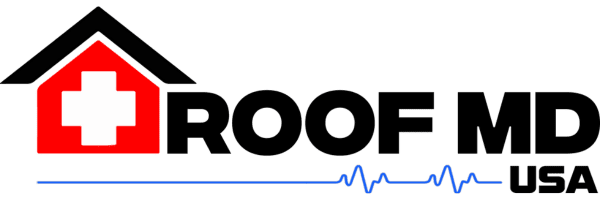Roof MD INC
Roofing Experts You Can Trust
Roof MD INC is your go-to roofing resource, built by top industry pros to bring you trusted advice, expert tips, and step-by-step guides. Whether you’re fixing a small leak, planning a full roof makeover, or just wanting to keep your roof in top shape, we’ve got you covered.
With Roof MD INC, you’ll get practical solutions and professional insights to tackle any roofing challenge with confidence!
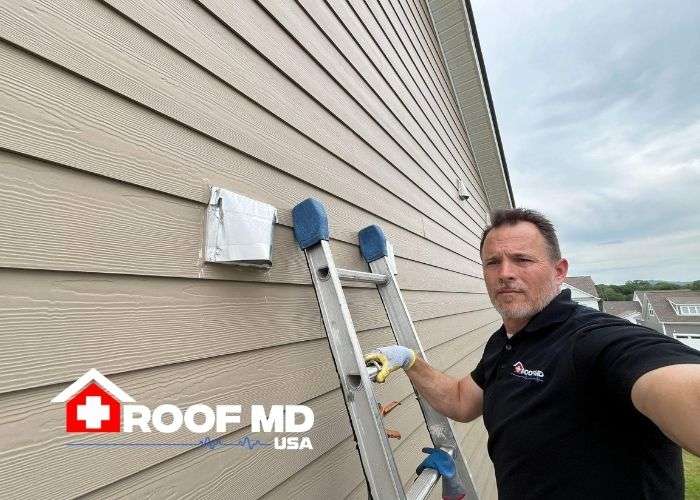
Our Mission: Help People
- Proven expertise: From minor repairs to full roof replacements, we’ve done it all.
- Extensive knowledge: We understand materials, installation techniques, and how to identify potential problems before they escalate.
- Unwavering quality: Every project is completed with precision and a commitment to excellence.
- Homeowner advocacy: Your needs and best interests are always our top priority.
Roof MD INC | The Roofing Insight Blog
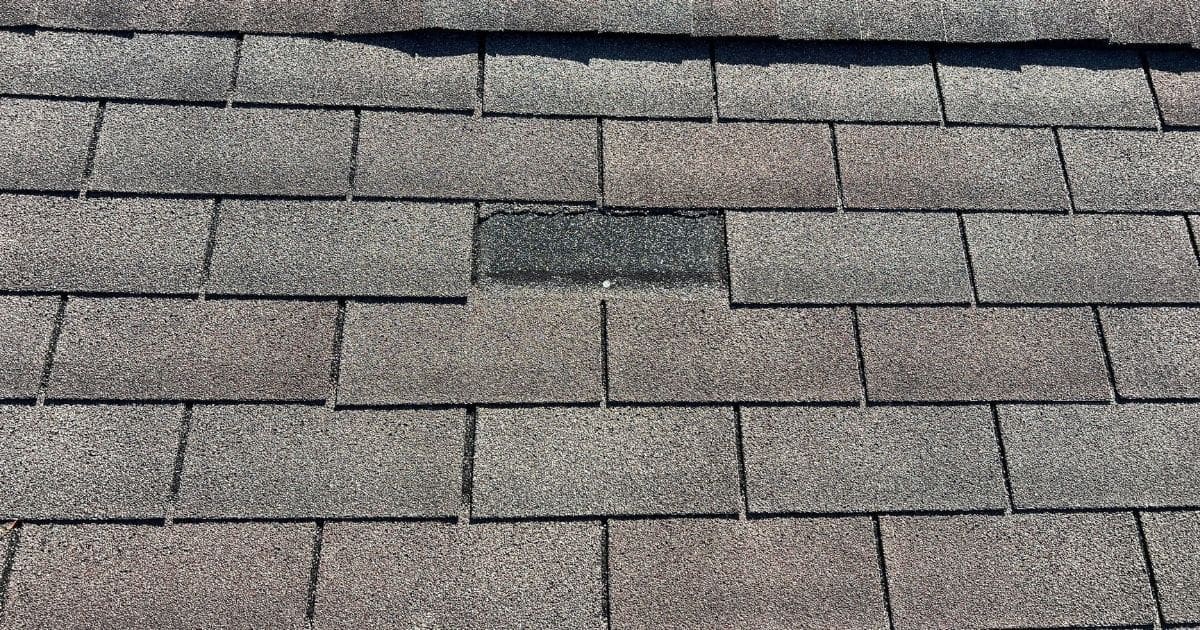
Recognizing Early Signs of Shingle Damage
Learn to spot shingle damage early by reading our blog ‘Recognizing Early Signs of Shingle Damage’.
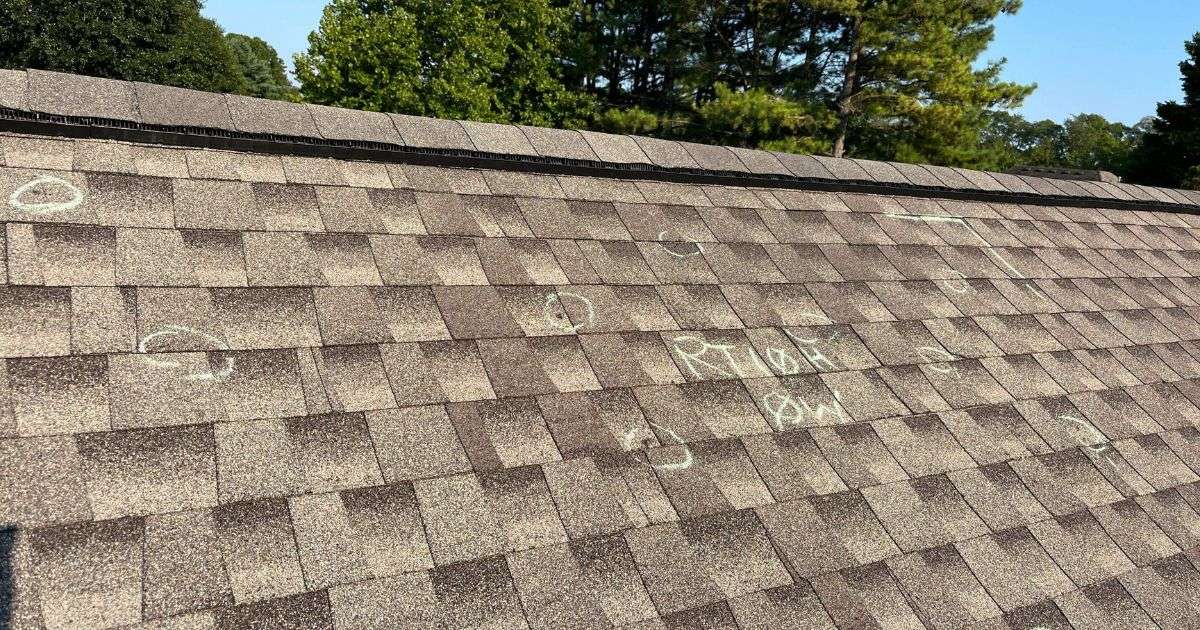
Understanding the Basics of Roof Repair after a Storm
A storm can leave your roof damaged and vulnerable, putting your home at risk. This guide will help you handle roof damage after a storm, keeping your home safe and secure.
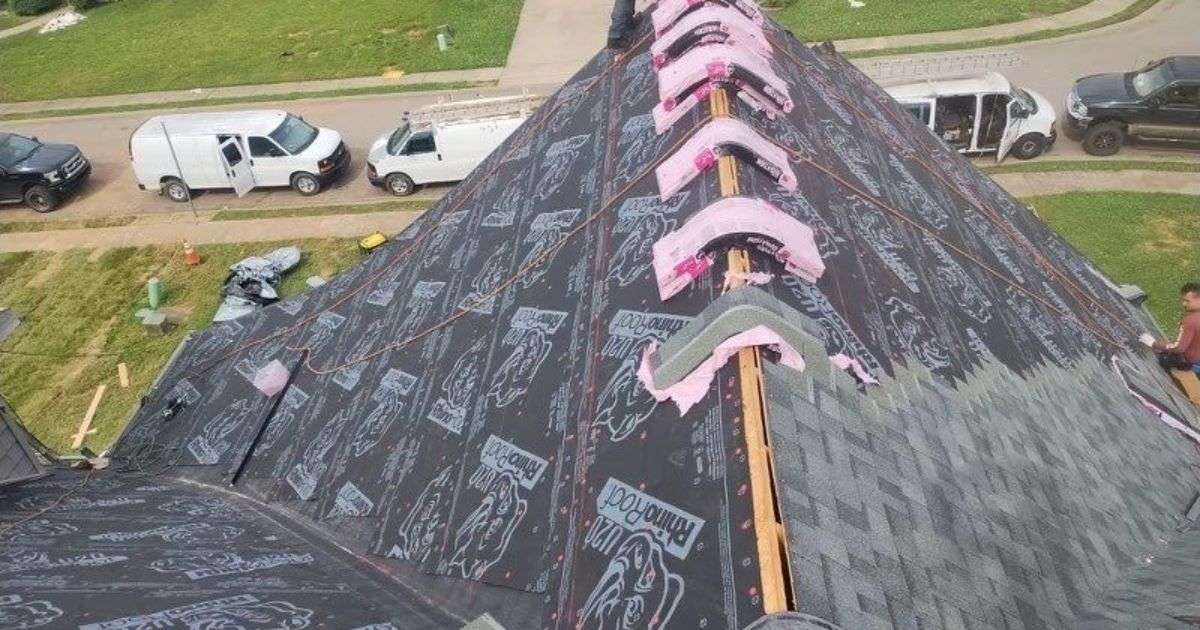
Exploring the Hidden Costs Behind What Does a Roof Cost
In this blog, we’ll walk you through these often-overlooked costs, breaking down materials, warranties, and labor. By the end, you’ll feel confident about making smart choices for your home. Let’s dive in!

Your Guide to Common Roofing Terms
Your roof protects your home, and understanding its parts can save you time and money. Knowing terms like “fascia” or “ice dams” helps you communicate with contractors and make better decisions.
This glossary breaks down roofing jargon into simple terms, so you can search by category or specific words. Whether you’re dealing with a roofing issue or staying prepared, this guide simplifies the process.
